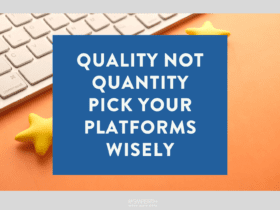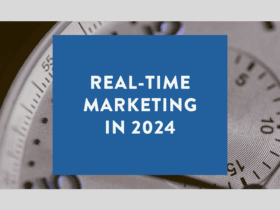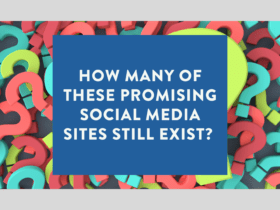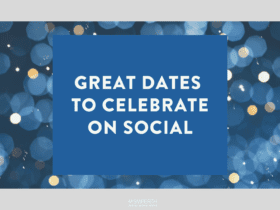After weeks of lockdown, conversations are slowly shifting towards reopening the economy.
But it’s worth considering how much the lockdown will have impacted – and even transformed – the customers and online personas your content and social media activities hope to reach.
Whether your business was fortunate enough to remain open throughout the lockdown or needed to close down for a period, it’s unlikely things will simply return to the normal we all took for granted in February.
In fact, the phrase “business as usual” increasingly feels like a laughable anachronism these days, when the only thing that’s usual is that everything continues to be very **un**usual.
While there are encouraging signs that things may gradually begin to get better, it’s clear we will be living and working in a new economy, a new marketplace, a new normal – at least for a long while yet.
So, before you dust off the existing marketing plan, unpause the social media scheduler and resume the interrupted content calendar, take some time to consider how much has changed in the interim. You may find you want to take some of your plans back to the drawing board.
And the best place to start is with a review of your customer and audience personas.
If you already use customer and audience personas to guide and target your content marketing activities, then bravo. I’m still surprised how many businesses conflate personas with demographics (not the same thing), don’t document their personas, or leave them untouched in a forgotten folder on the share drive once they do.
Quick refresher: “Women over 30 with a pulse” isn’t a persona. It barely qualifies as a demographic. But I’ve seen many supposed personas that are almost as vague.
“Janice, a 35-year-old single mum in Melbourne, who relies on mobile technology and automation apps to get work done from home with enough time to pick the kids up from school” is the beginnings of a persona. And one that might suggest the sorts of targeted content Janice might appreciate – advice and tips on how to juggle a freelancer’s home working with the kids homework.
Personas should be living documents, constantly being refined and updated as new data emerges to build a more accurate and useful picture of their product and content wants and needs, as well as their behaviours, attitudes and values.
Which is why now is the perfect time to review your personas. You can be sure many personas will have new or changed wants, needs, behaviours and attitudes as a result of this lockdown that won’t just disappear when your business reopens.
Ongoing restrictions of one kind or another will be in place for a long time to come, while continued social distancing measures will continue to change how people move about, shop and interact for months or years – including online.
For example, if one of your personas was previously an office worker you targeted with content ideal for consuming on the evening commute, you may find it now more closely resembles the Janice example I gave above – at least for now. Not everyone will be racing back to the office in the next few weeks and home learning is likely to be with us in various forms for a while yet as schools open according to different restrictions in different states.
Or maybe that older persona you always assumed was never comfortable shopping online may now be a dab hand with the click-to-order button after a couple of months of isolation.
The thing about personas is they’re hard to prove with any accuracy without lots of data. But right now, a lot of your data probably predates the pandemic – which may not be an accurate reflection of customer and audience behaviours during the lockdown or after restrictions begin to ease.
When you can’t rely on the data of the past as much as before, the future becomes an undiscovered country. Therefore, in the short term, it may be necessary to make some assumptions, or rely more heavily on anecdotal evidence from a few customers. And then test, test, test to generate new data and new insights until you can see which observations bear fruit and which don’t pan out.
Before any business can adapt to a new normal, it first has to recognise that the old normal no longer exists. Whether or not the world will eventually return to something akin to the one we left behind in 2019, the next year or so may well belong to those businesses that look for new opportunities instead of hanging on desperately to old ones.









LET’S CONNECT